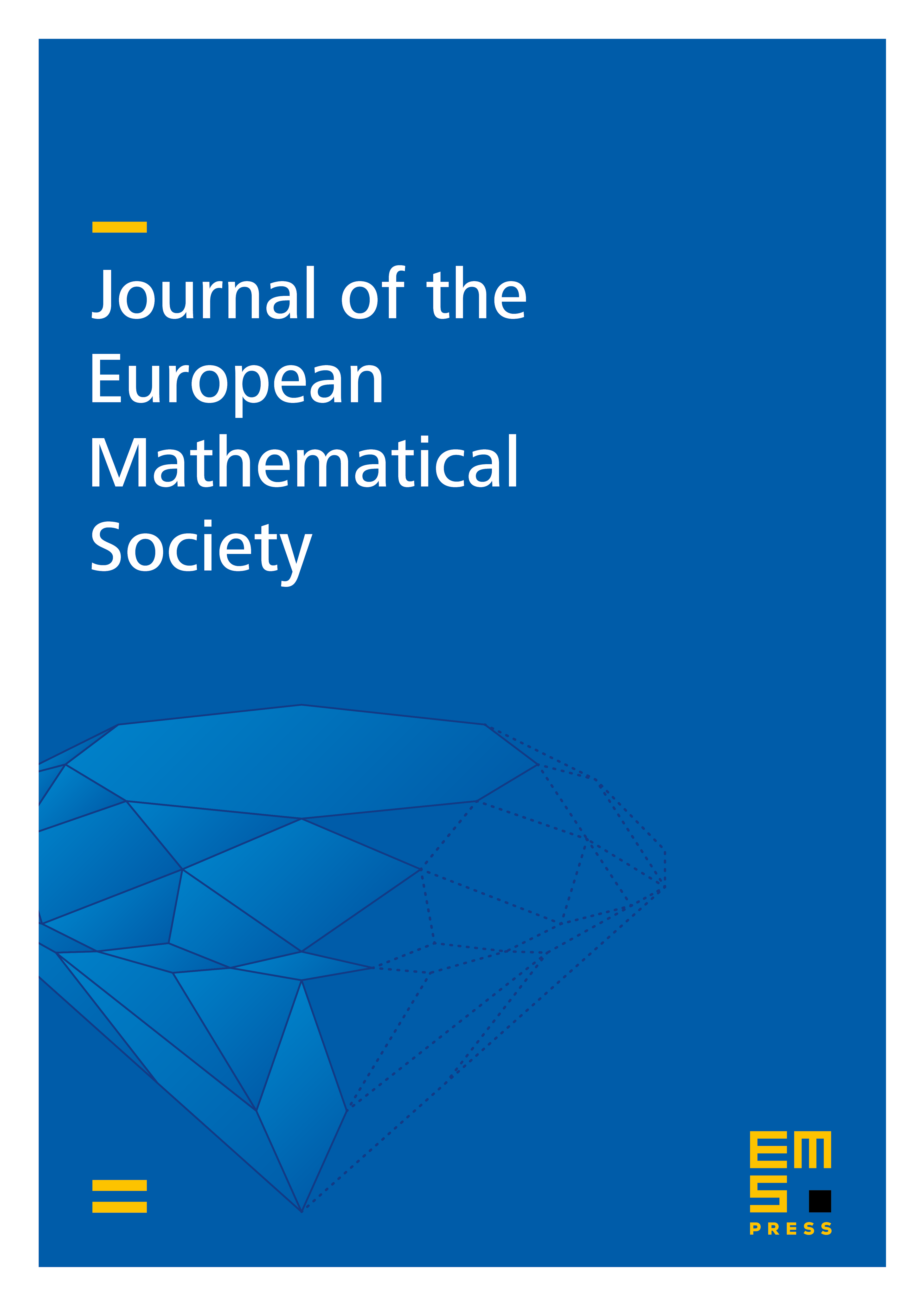Horocyclic products of trees
Laurent Bartholdi
Georg-August-Universität Göttingen, GermanyMarkus Neuhauser
Universität Wien, AustriaWolfgang Woess
Technische Universität Graz, Austria

Abstract
Let be homogeneous trees with degrees respectively. For each tree, let be the Busemann function with respect to a fixed boundary point (end). Its level sets are the horocycles. The horocyclic product of is the graph consisting of all -tuples with , equipped with a natural neighbourhood relation. In the present paper, we explore the geometric, algebraic, analytic and probabilistic properties of these graphs and their isometry groups. If and then we obtain a Cayley graph of the lamplighter group (wreath product) . If and then is the Cayley graph of a finitely presented group into which the lamplighter group embeds naturally. Also when and is such that each prime power in the decomposition of is larger than , we show that is a Cayley graph of a finitely presented group. This group is of type , but not . It is not automatic, but it is an automata group in most cases. On the other hand, when the do not all coincide, is a vertex-transitive graph, but is not the Cayley graph of a finitely generated group. Indeed, it does not even admit a group action with finitely many orbits and finite point stabilizers. The -spectrum of the “simple random walk” operator on is always pure point. When , it is known explicitly from previous work, while for we compute it explicitly. Finally, we determine the Poisson boundary of a large class of group-invariant random walks on . It coincides with a part of the geometric boundary of .
Cite this article
Laurent Bartholdi, Markus Neuhauser, Wolfgang Woess, Horocyclic products of trees. J. Eur. Math. Soc. 10 (2008), no. 3, pp. 771–816
DOI 10.4171/JEMS/130